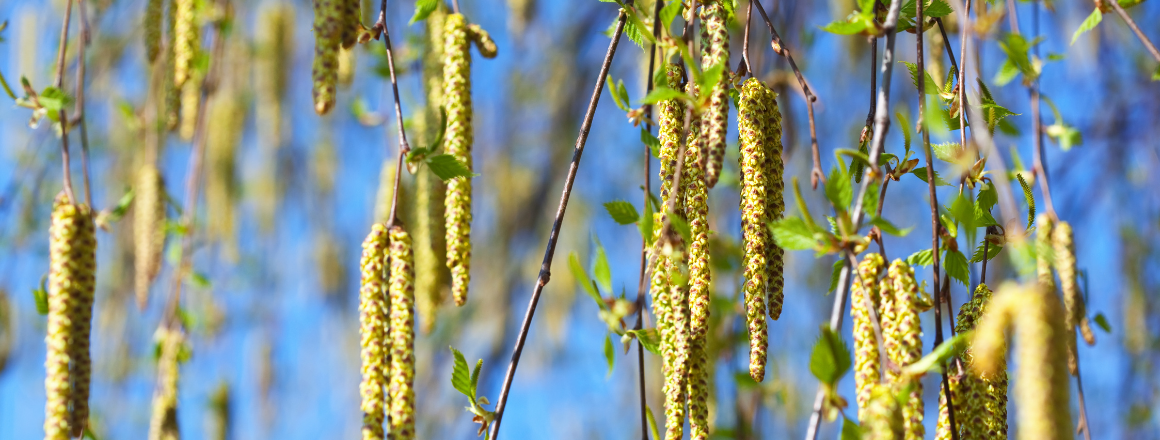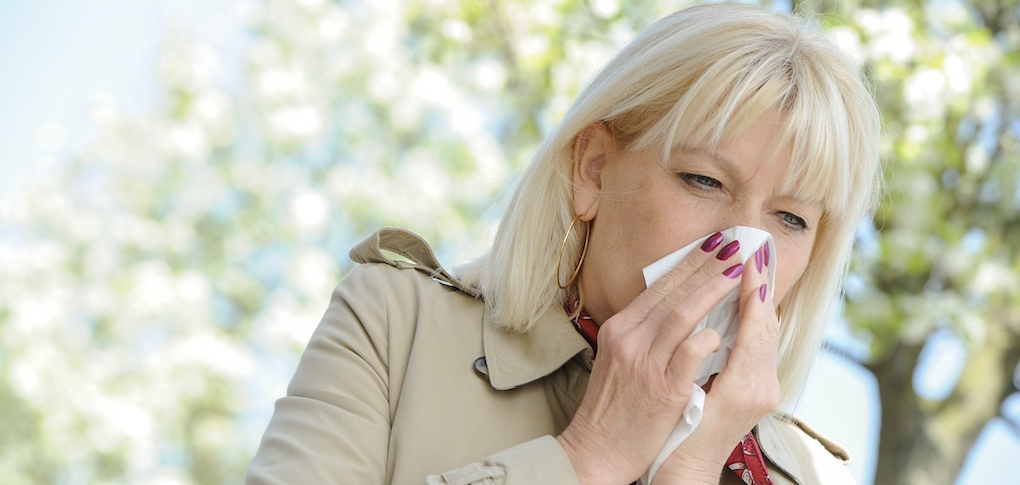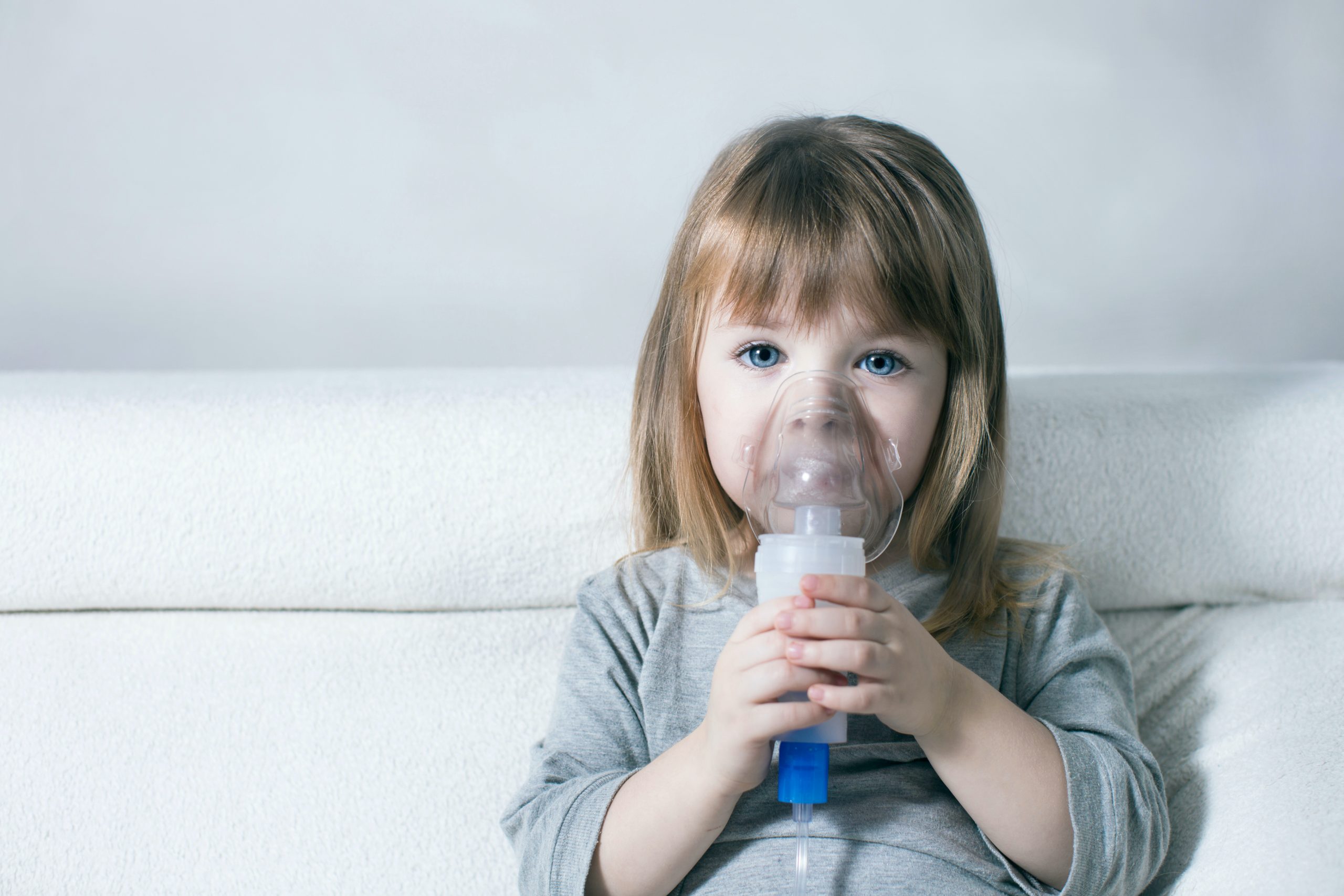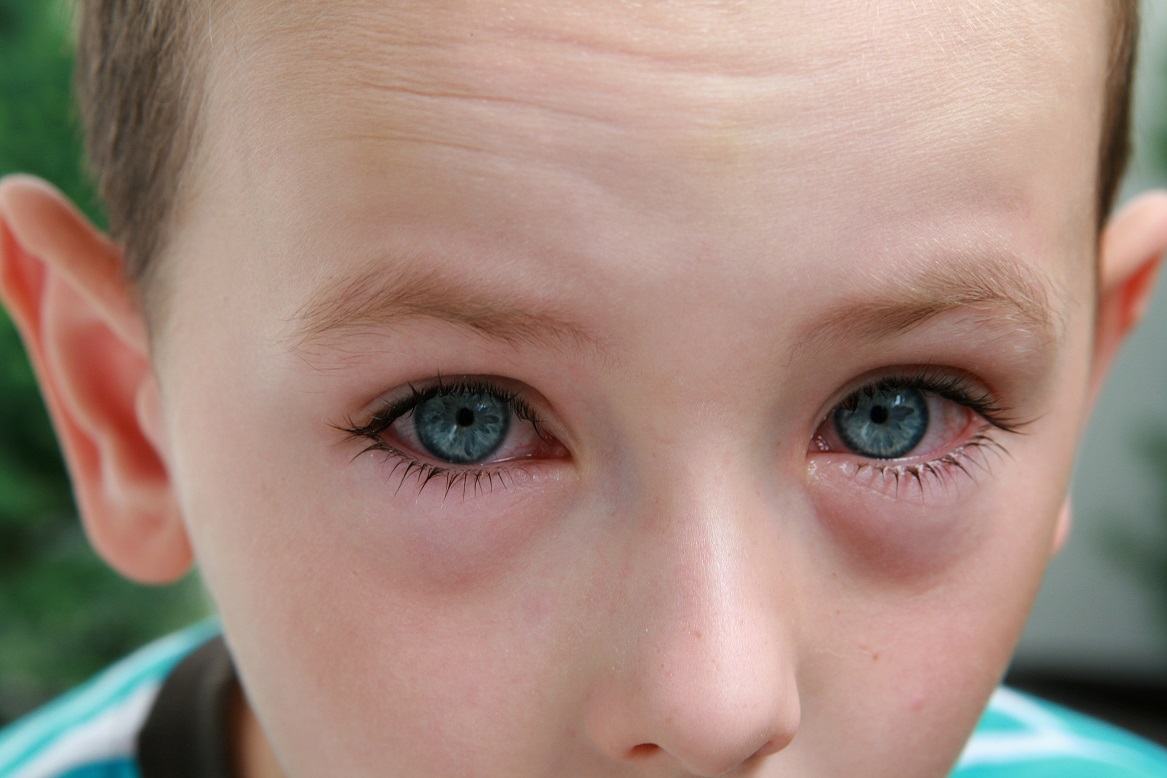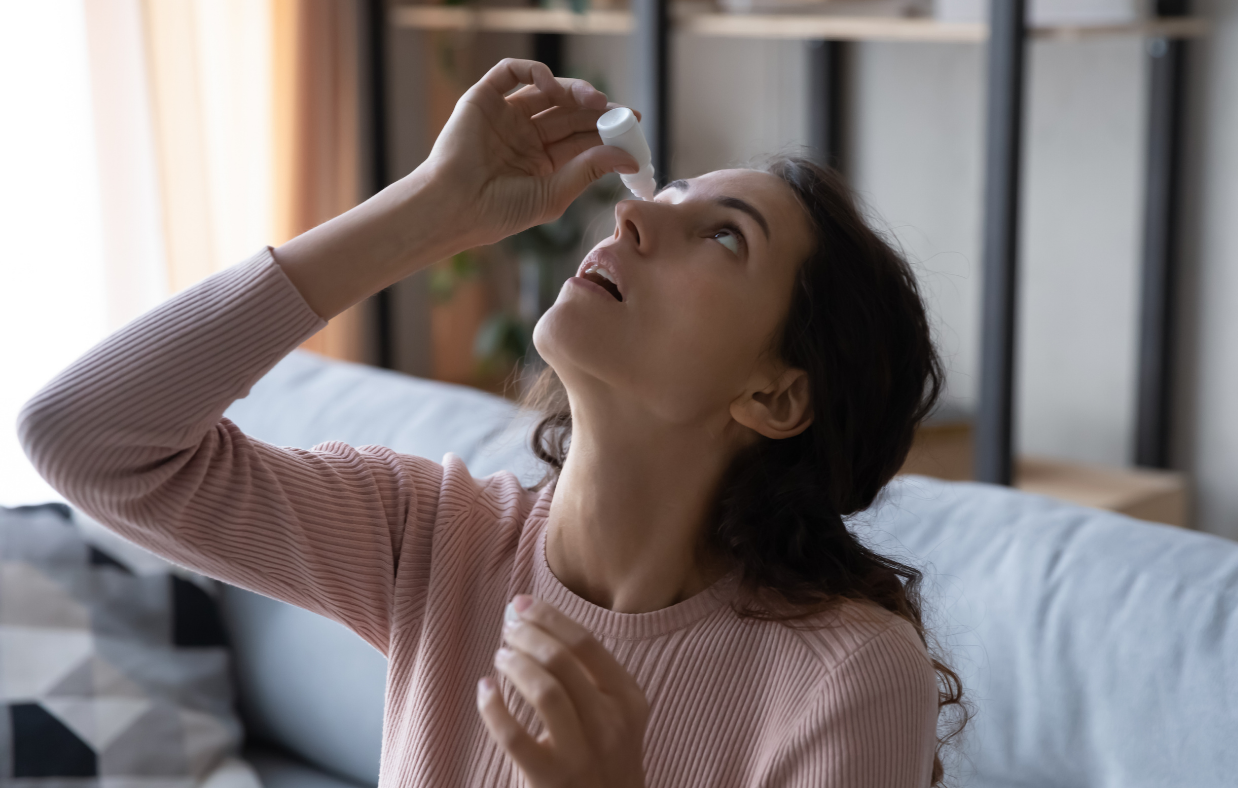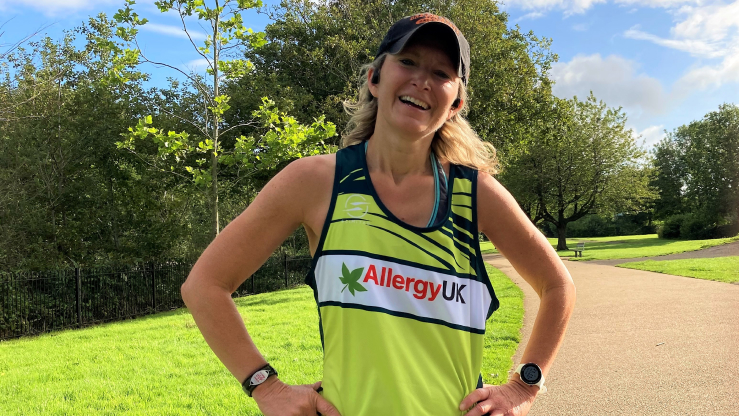Birch pollen and allergy
Birch pollen allergy is thought to affect approx. 25% of hay fever sufferers, Birch pollen is highly allergenic and one of the most potent allergens, triggering not only allergic rhinitis and allergic conjunctivitis symptoms, but also Pollen food syndrome (i.e. allergies to certain plant based foods). The majority of sufferers will experience allergic rhinitis symptoms during the peak pollen season – March – April, however symptoms can occur earlier, sometimes as early as around January, due to the cross reactivity between Birch pollen and other tree pollens including Alder and Hazel which pollinates earlier. It must be noted there are a significant number of individuals that will be sensitised to both tree and grass pollens and will experience symptoms for much of the spring and summer months.
Pollen calendar and pollen forecast
The pollen calendar is a useful tool to chart when common trees, grasses and weeds will pollinate and so likely to trigger symptoms. It can be a useful tool to use to spot pollen seasons and decide when to start or increase medication to help reduce symptoms.
Worcester pollen count
The University of Worcester has a useful webpage that gives a daily pollen forecast for the UK. Useful Apps to track pollen forecast include Allergy Alert App and My Pollen Forecast UK.

 Helpline
Helpline